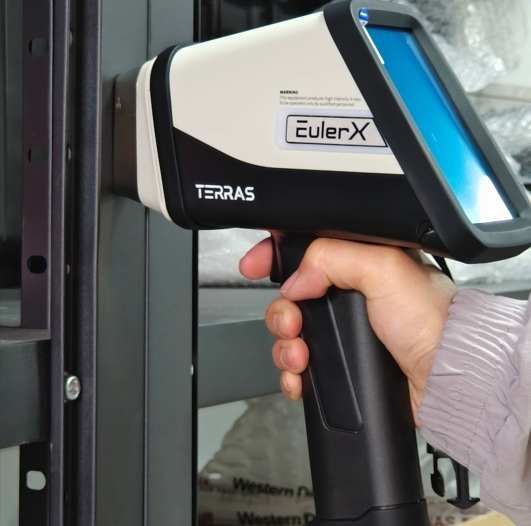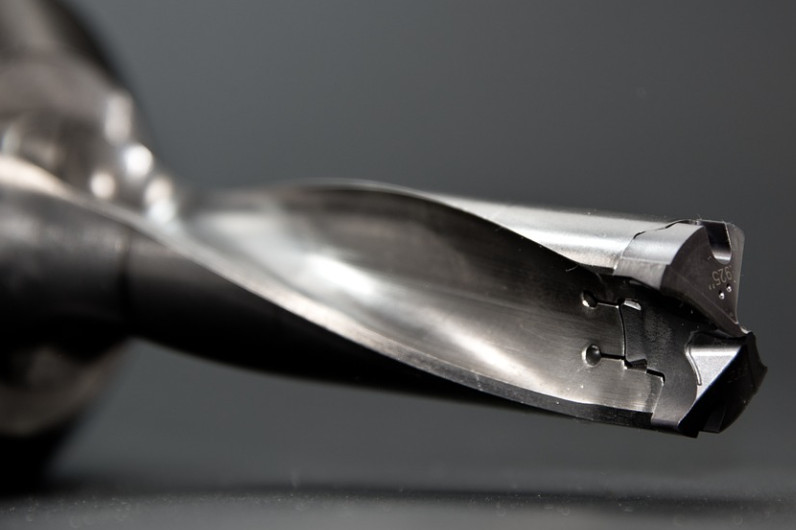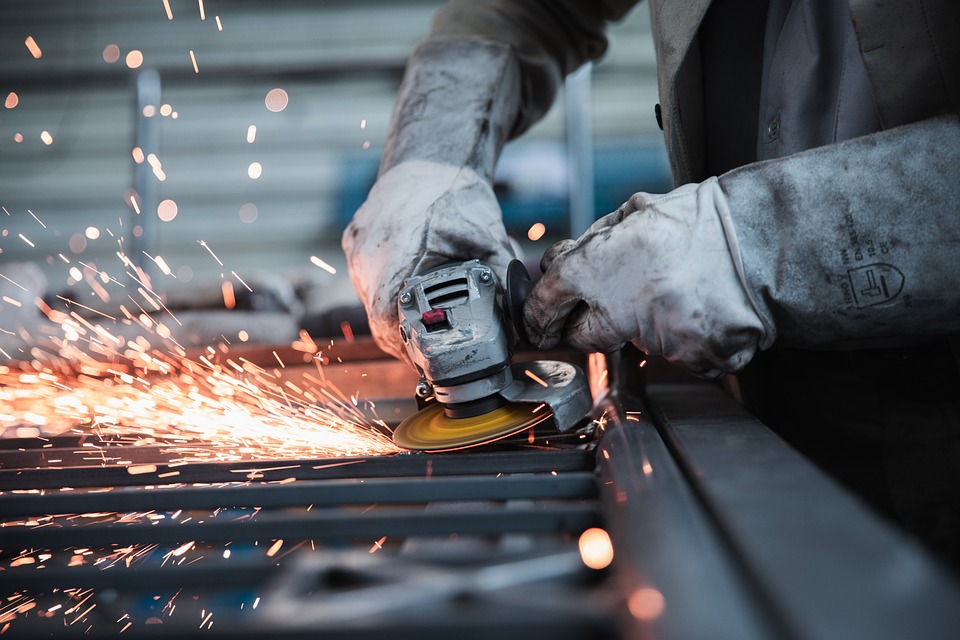
Metal & Alloy
A high-tech enterprise focusing on the development and application of X-ray technology products, committed to becoming a leading supplier of X-ray industrial testing solutions.
CARBIDE ALLOY EXAMINATION: ENHANCING INDUSTRIAL MANUFACTURING
CARBIDE ALLOY EXAMINATION: ENHANCING INDUSTRIAL MANUFACTURING
Alloys stand as vital constituents within the realm of industrial manufacturing, finding ubiquitous application across diverse sectors including aerospace, energy, 5G infrastructure, and specialized production domains. These multi-chemical compounds amalgamate two or more metals, or metals with nonmetals, embodying a plethora of performance attributes. They encompass a wide spectrum of classifications such as superalloys, corrosion-resistant alloys, magnetic alloys, hard alloys, and memory alloys, each tailored to specific industrial needs.

Understanding Carbide Alloys
Carbide alloy, a remarkable amalgamation of carbon and tungsten elements, manifests exceptional resistance to various environmental stressors including heat, scratches, pitting, and rust. Renowned for its density, this alloy often exhibits hardness akin to that of diamonds.
In industrial contexts, carbide alloys, also known as cemented carbides, are predominantly fabricated through the sintering process, whereby grains of tungsten carbide are fused with a metallic binder, typically incorporating cobalt elements. Additional additives such as titanium, tantalum, chromium, or vanadium carbides are infused into the mix, profoundly influencing material properties and end-product characteristics.
Application in Tool Coating
Carbide alloys find extensive utility in coating cutting tools such as milling cutters and drill bits, indispensable for the machining and processing of various materials. These alloys are categorized under different ISO classifications based on their suitability for specific industrial applications.
For instance, carbides designated under the "P" class boast a relatively high proportion of titanium and tantalum carbides (TiC and TaC), rendering them ideal for processing long-chipping materials like steel or cast steel. On the other hand, hard metals categorized under the "K" group, characterized by minimal TiC or TaC content, are favored for machining short-chipping materials such as cast iron, non-ferrous metals, hardened steel, wood, or plastic.
Moreover, alongside conventional tungsten-carbide-based hard metals, variants comprising solely of titanium carbide and titanium nitride exhibit exceptional hardness and wear resistance.
Significance of Composition Analysis
Referred to as "industrial teeth," cemented carbide or carbide alloy epitomizes high hardness and wear resistance, withstanding harsh industrial environments and retaining excellent physical properties, even under elevated temperatures. Widely employed in the manufacture of cutting tools, mining equipment, and wear-resistant appliances, carbide alloys primarily comprise high-hardness refractory metal carbides such as WC and TiC, alongside transition metals like Co, Ni, and Mo, serving as binders in the sintering process. The relative proportions of these components significantly impact hardness, flexural compressive strength, and thermal shock resistance, underscoring the critical importance of chemical composition analysis in guiding material functional design and quality management processes.
Chemical Composition Testing Methods
The inherent high hardness and wear resistance of cemented carbide pose challenges to conventional wet chemical analysis methods like titration, ICP, and AAS, which necessitate intricate sample preparation and processing. XRF emerges as a non-destructive elemental analysis method capable of directly analyzing samples across a wide concentration range, from ppm levels to 100%, providing comprehensive content information in a single iteration. Addressing the challenge of scarce standard samples matching the matrix, the basic parameter method offers a viable solution.

The EulerX 900 series handheld alloy analyzer presents a convenient solution for elemental concentration analysis of carbide alloys, enhancing the efficiency of incoming material inspection. Vital for manufacturers of milling cutters and drill bits, precise analysis during incoming goods inspection is imperative to ascertain the quality of source materials.
Advantages of EulerX 900 Series Handheld Alloy Analyzer
(a) Portability and ease of on-site use.
(b) No sample preparation required for non-destructive testing.
(c) Short detection time yielding reliable quantitative analysis results.
(d) Capability to test coating thickness.
Equipped with a high-performance X-ray tube and Si-Pin/SD detector, the EulerX 900 series delivers swift and accurate element content analysis. Additionally, an optional large-area silicon drift detector further augments instrument resolution, reducing analysis time and enhancing overall performance.
In essence, the EulerX 900 series of handheld alloy analyzers provides a comprehensive solution for the quality checking of incoming carbide material, equipped with cutting-edge technology to meet the stringent demands of modern industrial manufacturing. With its advanced capabilities, this instrument serves as a cornerstone for enhancing efficiency, precision, and quality in carbide alloy analysis, thereby driving innovation and excellence in industrial production processes.
Join Us
Subscribe to our email list for updates & promotions.



